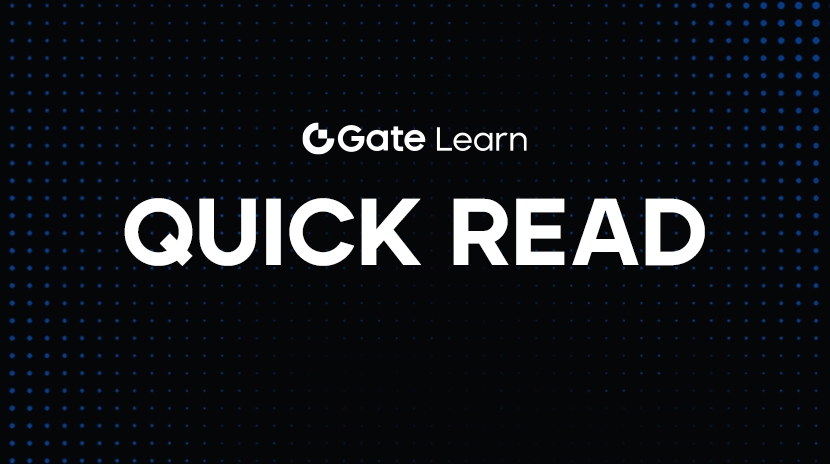What is Phala (PHA)?
What is Phala?

(Source:@PhalaNetwork)
Phala Network is a Layer 1 privacy computing blockchain that uses Trusted Execution Environment (TEE) architecture, supports Turing-complete smart contracts, and has high scalability and high availability. Compared to the general situation where all data on the chain is public, Phala moves computation to trusted hardware for processing, ensuring that inputs, outputs, and intermediate states can be encrypted, allowing DApps to truly achieve data privacy protection.
The core features of Phala
Phala's core features are not limited to confidential computing. It also incorporates Event Sourcing and CQRS architectural design, separating read and write operations to effectively improve efficiency and scalability. As a parachain of Polkadot, Phala natively supports cross-chain message passing, allowing seamless interaction with other chains such as Ethereum and Polkadot itself, providing powerful multi-chain deployment potential.
The technical architecture highlights of Phala
1. Confidential Contracts
Phala's smart contracts run in TEE to ensure the privacy of contract state and logic. Its design ensures:
- Input and output data are encrypted throughout.
- The intermediary state in the contract execution process will not leak.
- Support cross-contract, cross-chain data interoperability.
2. Gatekeeper and Miner architecture
Phala's network architecture consists of three main node roles:
- Gatekeepers: responsible for managing and distributing cryptographic keys, maintaining network security and data access control.
- Miners: perform contract operations, encrypt state changes, and upload them to the chain to ensure data integrity.
- Users: Deploy and interact with contracts without the need for special hardware, reducing the entry barrier.
All nodes need to pass Intel SGX remote attestation to ensure that the execution environment is trusted and non-Byzantine, and to record node registration and operation status through blockchain.
3.Event Sourcing + CQRS Architecture
Phala adopts Event Sourcing and Command Query Responsibility Segregation (CQRS) design, where all contract state changes are recorded on-chain through events, enabling contracts to be traced back, replayed, or restored, significantly improving system fault tolerance and traceability. At the same time, read and write operations are handled separately, reducing read latency and improving query performance.
Use Cases of PHA
Phala's technical advantages make it particularly suitable for the following areas:
- Privacy finance: such as confidential transactions, anonymous insurance, and identity protection DeFi.
- Confidentiality of enterprise data: Enterprises can migrate sensitive data computation to the TEE environment, balancing security and efficiency.
- Data economy application: Through the authorized query model, data owners are allowed to customize query conditions and participate in value sharing.
- AI and big data computing: combining verifiable compute with TEE to achieve trustworthy AI inference and confidential data training.
Phala's Token Economics
PHA is the native token of the Phala blockchain, with a total supply of 1 billion. The following is an overview of token distribution:
1. TEE Mining - 70%
This is a fixed amount of tokens allocated to miners participating in the Trusted Execution Environment (TEE), which is not affected by token inflation and is used to incentivize network nodes that provide privacy computing capabilities.
2.Stakedrop & IPO(Initial Parachain Offering)- 9%
Can be obtained through tokens in the Polkadot ecosystem (such as KSM, DOT, etc.), which is a fair distribution method for early community participants, closely related to Phala as a parachain launch.
3. Testnet Incentive - 1%
To support contributors in the test network phase, providing early testers and feedback users with certain reward resources.
4. Private Sale - 15%
This section is dedicated to supporting the PHA team in the early stages of project development and community building.
- 60% of which will be released at mainnet launch or token unlock,
- The remaining portion will be released by 20% every six months.
5. Developer Incentive - 5%
As a reward mechanism for core developers.
- When the mainnet goes live or the token transfer function is enabled, 20% (approximately 10 million PHA) will be unlocked immediately,
- Next, 5% will be released monthly, gradually unlocking the remaining portion.

(Source: Phala Whitepaper)
Token Application
- Node Staking: Gatekeepers and Miners must stake PHA to participate in network operations, ensuring the integrity of node behavior.
- Smart contract execution fuel: Each contract operation will incur transaction fees, payable in PHA.
- Governance participation: PHA holders can participate in on-chain governance, such as proposals, voting, and upgrades.
- Privacy data exchange value unit: Developers can set user's access rights and fees for sensitive data through PHA.
Future Outlook of Phala
Phala has successfully operated as a parallel chain of Polkadot and plans to continue expanding in the following directions:
- Integrate more TEE hardware (such as AMD SEV, ARM TrustZone)
- Improve contract execution efficiency and modular scalability
- Support for decentralized AI and privacy data training platform
- Drive the Phat Contract model to support more complex external data applications
With the increasing demand for AI and privacy, Phala has the opportunity to become a key infrastructure bridging Web2 and the future data economy, becoming the future core of Web3 data sovereignty and privacy economy.
Start PHA spot trading immediately:https://www.gate.com/trade/PHA_USDT

Summary
Phala (PHA) is not only a key privacy computing platform in the Polkadot ecosystem, but also the implementer of data sovereignty and decentralized computing in the Web3 world. As blockchain gradually moves towards a future integrated with AI and privacy applications, Phala has taken the lead in deploying, defending the privacy front line, and continuously providing developers and users with a trustworthy, verifiable, and composable smart contract experience.





